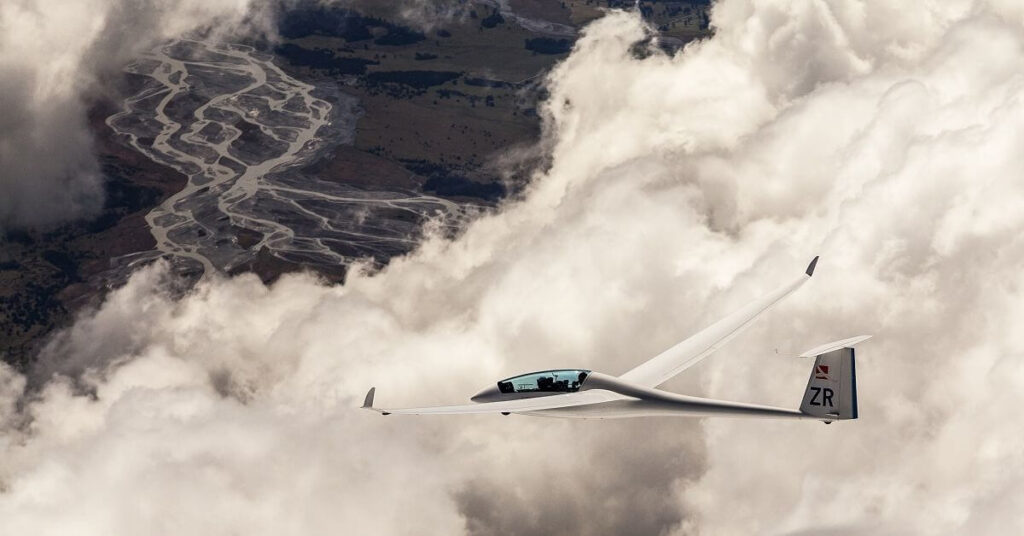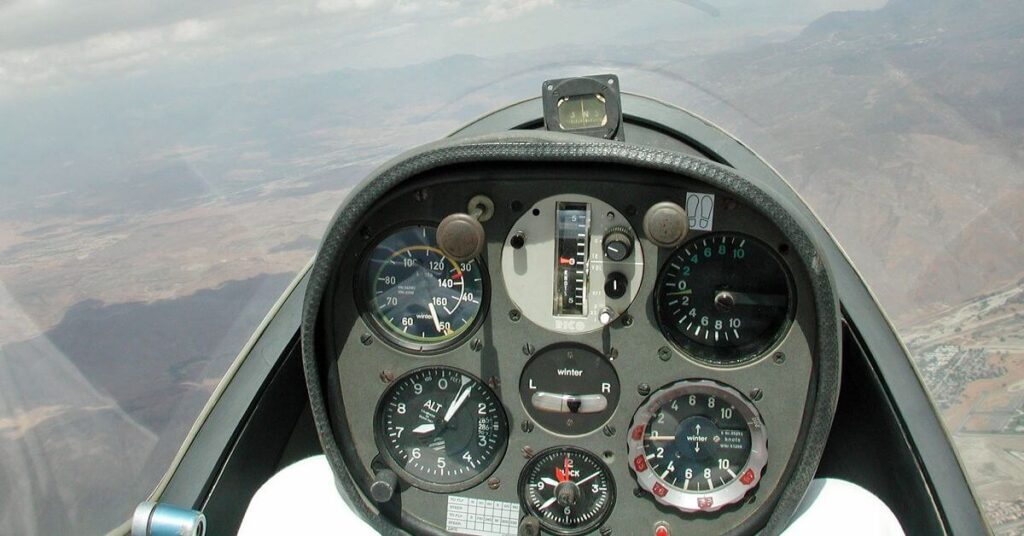The speed at which a glider can fly depends on a variety of factors, including weather conditions, the glider’s design, and the skill of the pilot. Gliders are able to fly at a wide range of speeds, depending on the situation.
In still air, a glider can fly at a relatively slow speed, around 30-40 mph (48-64 km/h). However, when flying in rising air currents, such as thermals, gliders can fly much faster, reaching speeds of up to 150 mph (240 km/h).
When gliders are flown in competitions, they can fly at much higher speeds. In cross-country competitions, pilots aim to fly from one point to another, usually in a predetermined order, with the goal of covering the greatest distance possible in a given time period. To achieve this, they fly at the fastest possible speed, maximizing the distance they can cover in a given amount of time. They can reach speeds of up to 170 mph (270 km/h) while flying in strong thermals or with the help of a strong tailwind.
In general, the glider’s design plays a significant role in determining its maximum speed. Modern gliders are designed to be as aerodynamic as possible, with a high aspect ratio wing, which allows them to fly faster and more efficiently.



